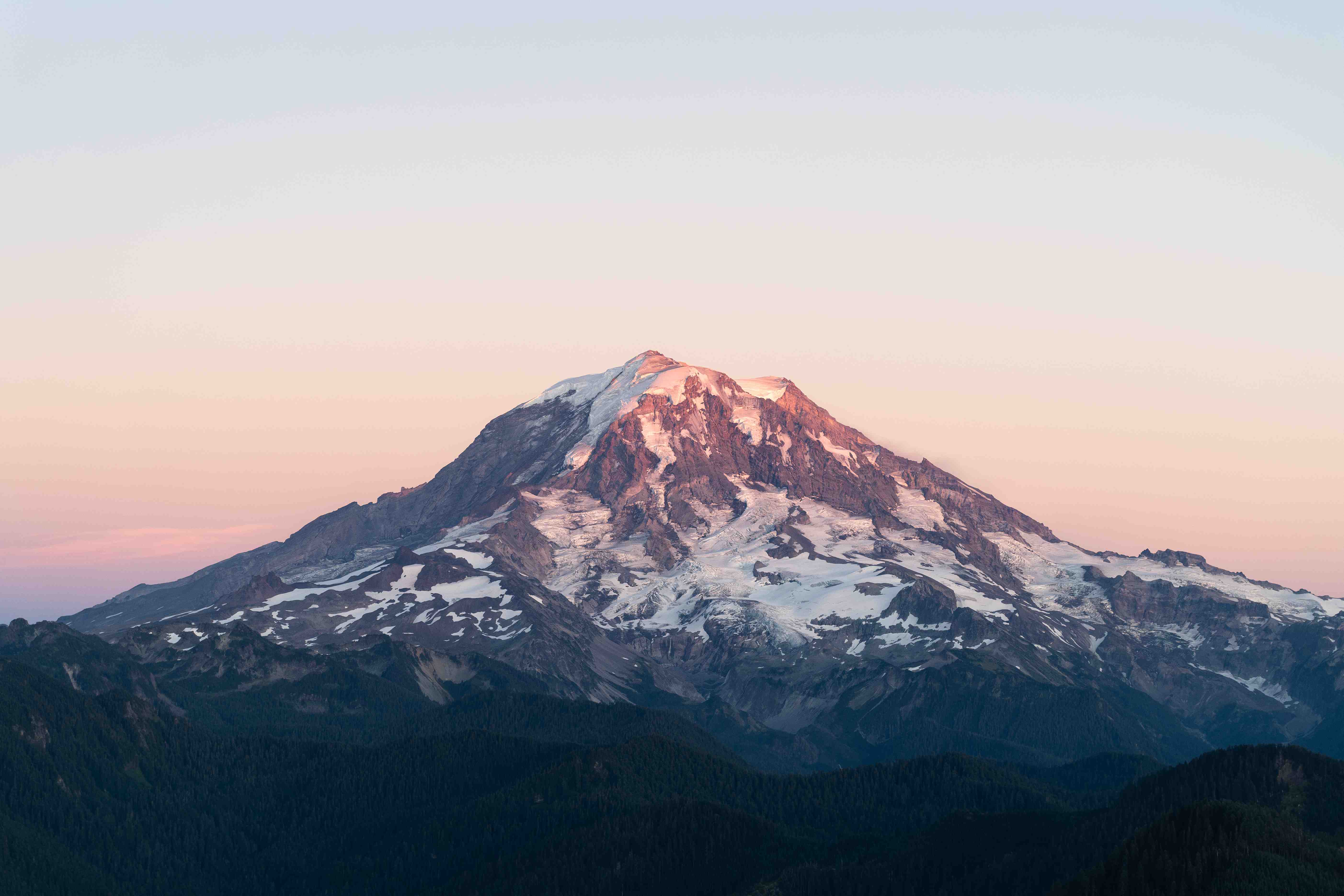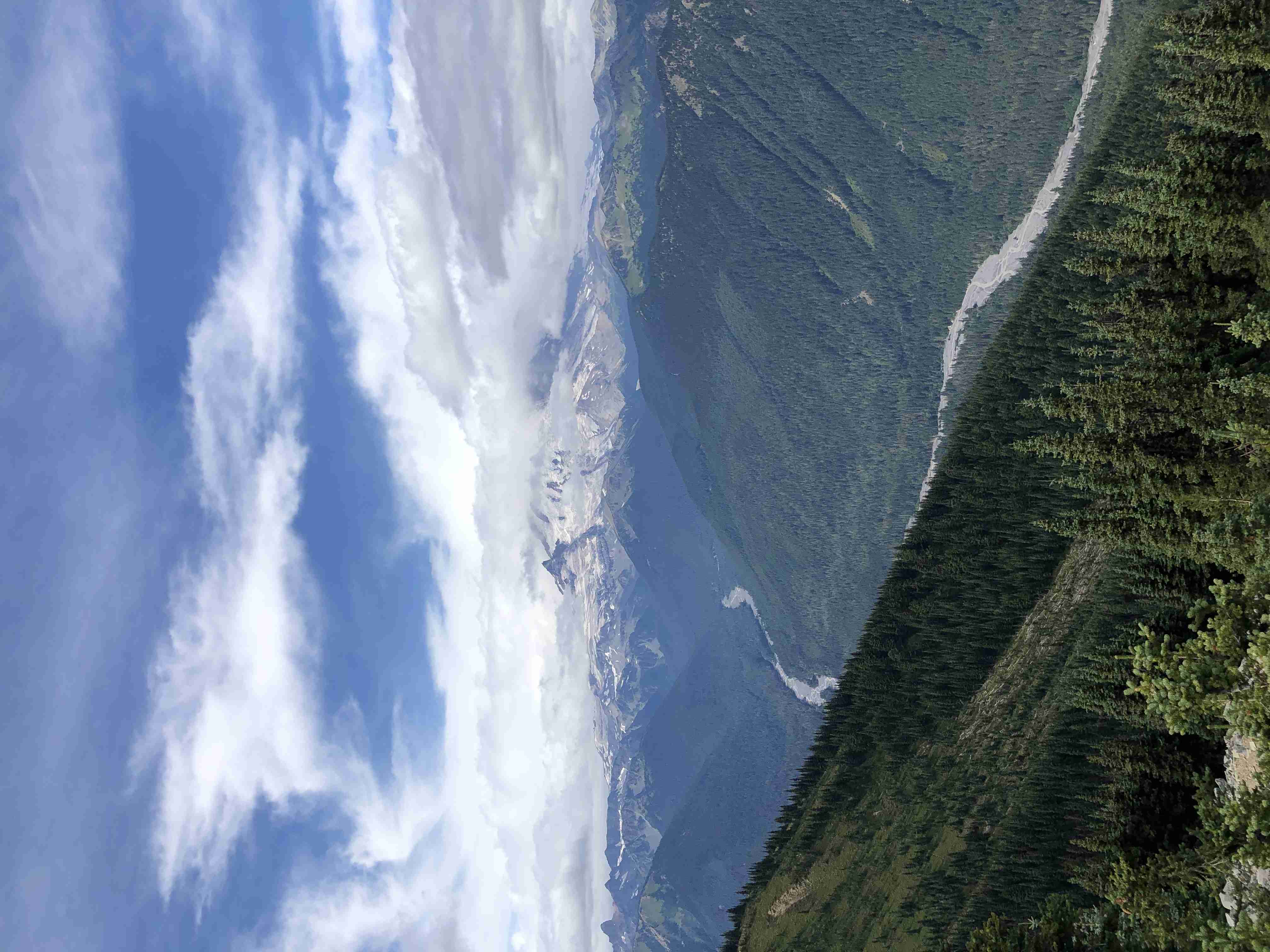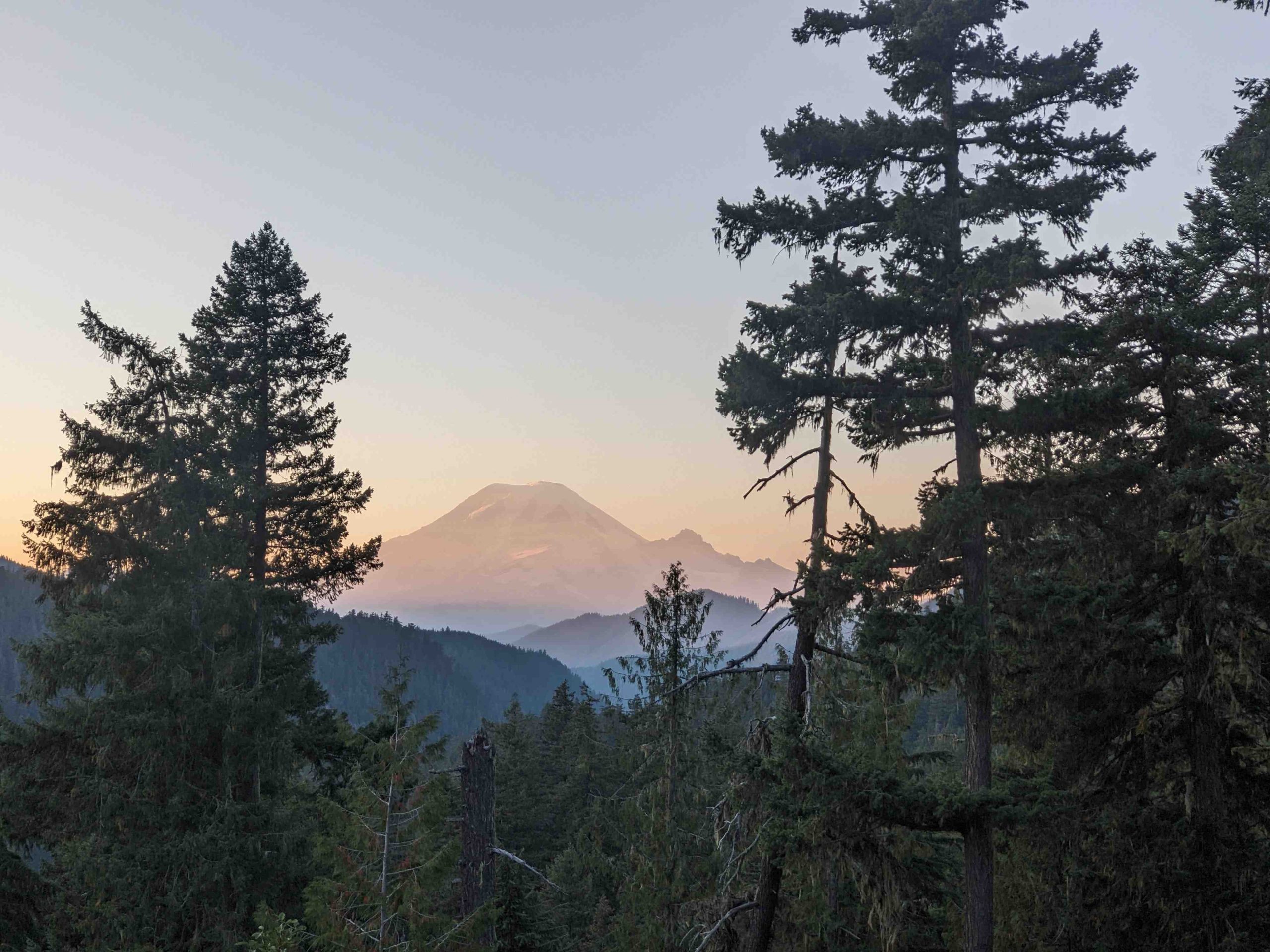Mount Rainier, located in Washington state, is indeed an active stratovolcano. It stands as the highest peak in the Cascade Range and is considered one of the most dangerous volcanoes in the United States due to its potential for destructive eruptions and lahars. Despite its serene appearance, Mount Rainier’s volcanic nature poses significant risks to surrounding communities and continues to be closely monitored by scientists.
What is the Classification and Current Status of Mount Rainier?

Mount Rainier is classified as a stratovolcano, characterized by its steep, conical shape and layered composition of lava, tephra, and pyroclastic material. Its current status is:
- Volcanic Type: Stratovolcano
- Last Eruption: Approximately 1,000 years ago (small summit explosions in 1894-95)
- Current Status: Active volcano
The United States Geological Survey (USGS) Cascades Volcano Observatory (CVO) actively monitors Mount Rainier for signs of volcanic activity, including seismic events, ground deformation, and hydrothermal changes.
How Has Mount Rainier’s Eruption History Impacted the Region?

Mount Rainier’s volcanic history spans over 500,000 years, with significant events shaping the surrounding landscape:
- Early Formation: The volcano began forming around 500,000 years ago.
- Major Debris Avalanche: Approximately 5,600 years ago, a massive landslide resulted in the Osceola Mudflow.
- Recent Activity: The last significant eruptive period occurred about 1,000 years ago.
The impacts of these eruptions have been far-reaching:
- Lahars have reached as far as the Puget Sound
- Many communities now sit atop ancient lahar deposits
- The Osceola Mudflow affected areas now occupied by Tacoma and south Seattle
What Are the Unique Geological Features of Mount Rainier?
Mount Rainier boasts several distinctive geological characteristics:
| Feature | Description |
|---|---|
| Composition | Primarily andesite |
| Glaciers | 26 major glaciers, covering 36 sq mi (93 km²) |
| Summit | Two volcanic craters |
| Elevation | 14,410 ft (4,392 m) at Columbia Crest |
Notable aspects include:
- Most heavily glaciated peak in the lower 48 states
- Network of glacier caves
- Small crater lake in the west crater
- Highest topographically prominent mountain in the contiguous United States
What Volcanic Risks Does Mount Rainier Pose?
Mount Rainier presents several potential hazards:
- Volcanic eruptions
- Lahars (volcanic mudflows)
- Pyroclastic flows
- Ash fall
The risk of lahars is particularly significant due to the large amount of glacial ice on the volcano. Approximately 150,000 people live on old lahar deposits, with an estimated 80,000 people and their homes at risk in Mount Rainier’s lahar-hazard zones.
How Are Authorities Preparing for Potential Volcanic Activity?
Emergency preparedness measures include:
- Continuous monitoring by the USGS Cascades Volcano Observatory
- Collaboration between the National Park Service and local communities
- Tracking of seismic activity, ground deformation, and hydrothermal changes
- Development of emergency plans and evacuation routes
- Public education and awareness programs
These efforts aim to mitigate the risks associated with a potential eruption and protect the surrounding communities.
Mount Rainier’s status as an active volcano in Washington state underscores the importance of ongoing scientific research, monitoring, and community preparedness. While its majestic beauty attracts visitors from around the world, the underlying volcanic nature of this iconic peak serves as a reminder of the dynamic geological forces that shape our planet.
References:
1. Mount Rainier – Wikipedia
2. Mount Rainier – Simple English Wikipedia
3. Mount Rainier Volcano Monitoring (U.S. National Park Service)

